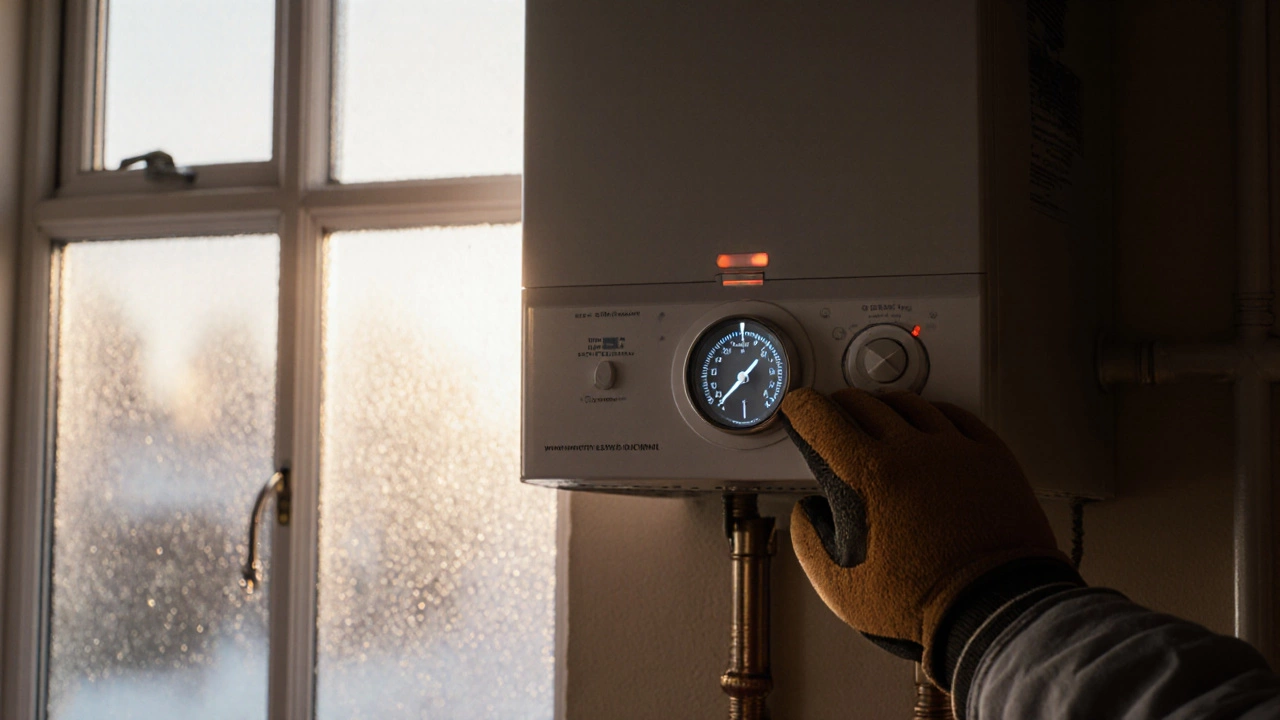Discover the most common boiler problems, their symptoms, DIY fixes, and when to call a professional. Includes a troubleshooting checklist, maintenance tips, and a handy FAQ.
Boiler Problems – Quick Fixes, Safety Tips & When to Call a Pro
When dealing with boiler problems, issues that stop your heating or hot water from working properly. Also known as boiler faults, it can mean anything from strange noises to complete loss of heat. Understanding the root cause saves you time, money, and danger. Boiler lifespan, the typical years a well‑maintained system lasts and boiler safety, the practices that keep you from carbon‑monoxide poisoning or explosions are two sides of the same coin – the longer a boiler lives, the more safety checks it needs. If you own a water heater, the appliance that provides hot water for showers and dishes, you’ll notice that many problems overlap, like scaling or pressure loss. Regular gas appliance inspection, a yearly check by a certified engineer catches early signs before a small leak becomes a costly emergency.
Common Issues, Why They Happen, and What You Can Do
Most homeowners first spot a problem when the radiators get cold, the boiler makes a banging sound, or the hot‑water tap runs lukewarm. Those symptoms usually point to three big culprits: loss of pressure, air trapped in the system, or a faulty thermostat. A drop in pressure often means a leak somewhere – maybe a pipe joint, the pressure‑relief valve, or the expansion vessel. Fixing it yourself is as simple as topping up the system, but you must locate the leak first; otherwise you’ll keep refilling forever. Air in the radiators creates cold spots; a quick bleed with a radiator key restores flow. The thermostat might be set wrong or have a dead sensor, which you can test with a multimeter if you’re comfortable with basic electrical work. Remember, each of these fixes ties back to boiler safety: an unchecked leak can let carbon‑monoxide escape, and a broken thermostat can cause overheating. If any step feels risky, especially when dealing with gas connections or the internal fire‑box, call a certified engineer. They’ll also assess the boiler’s remaining lifespan – a key factor in deciding whether repair or replacement makes more sense.
In the collection below you’ll find straight‑to‑the‑point guides covering everything from spotting a pressure loss to deciding if a 20‑year‑old boiler should be swapped out. We break down DIY steps, cost estimates, and red‑flag signs that mean a professional call is the safest route. Whether you’re fixing a noisy burner, checking your water heater’s pressure valve, or planning a yearly gas appliance inspection, the articles give you the practical know‑how to keep your home warm and safe without unnecessary guesswork.

